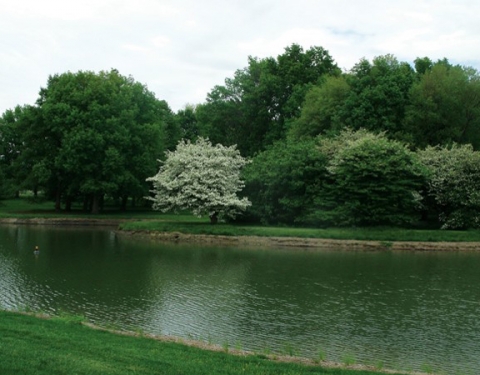You are here
Native Plants at Arboretum (Completed)
Recent Project Updates
-
1/12/2022Iris Lee prepared the attached report on Southern Arboretum Woodland (SAW) plantings for the 2021 Tree Care Plan.
-
9/29/2021From: McSweeney, KevinTo: Reicherts, Jack; Marsaglia, Julia RaineCc: Lee, Iris; Lynch, Lauren Rae; White, MorganRecipients: ientsjackhr2 at illinois.edu; juliarm2 at illinois.edu; irislee3 at illinois.edu; lrlynch2 at illinois.edu; mbwhite at...
Project Family
-
Increase Pollinator-Friendly Areas
- Burrill/ Morrill Walkway
- Campus Honors House
- Chi Omega native plants
- Davenport Hall Carbon Garden
- LAR Native Plants
- Low Mow Zones
- Meadow at Orchard Downs
- Native Plants at Arboretum
- Orchard Downs Multifunctional Landscape (ODMFL) [ARCHIVED]
- Plantings at Dorner Drive Retention Pond
- Prairie Restoration at Florida & Orchard
- Small Prairie at Natural Resources Building
- The Illinois Path [ARCHIVED]
- Uni High Butterfly Garden
- Vet Med Prairies
- Woodland Plants at NRB
Description
Project Team
-
Project Leader:
Kevin McSweeney
Themes
-
Primary Theme:
Project Location(s)
This map is interactive! Click (or touch) and drag to pan; scroll (or pinch) to zoom.

